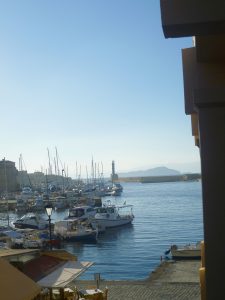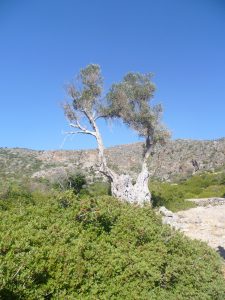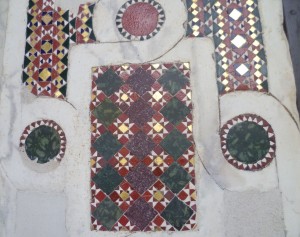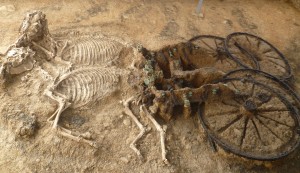Visiting Crete in October, just as the tourist season is coming to a close, has many advantages. There are fewer tourists, the weather is still excellent, and the places you want to see – in my case, archaeological sites – have not yet closed for the winter months. However, this post is not specifically about the archaeology, fascinating though that is, instead it is a whistle stop tour of what’s Crete has to offer in October. We started off in beautiful Chania.

Chania: looking towards the Venetian lighthouse across the harbour
Continue reading Crete in October
Please share this page...



